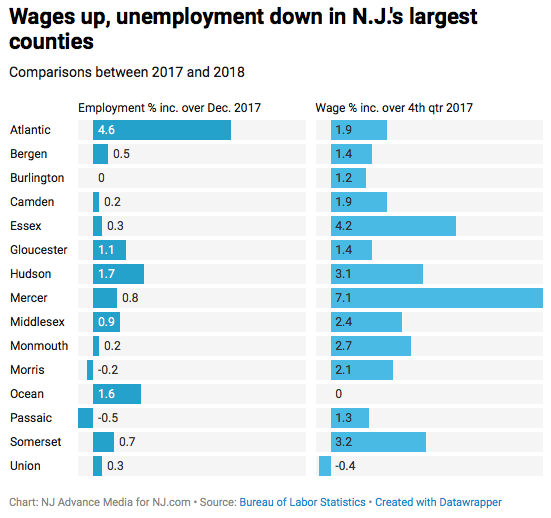From the Guardian:
The idea of generational conflict has come to prominence in the last few years, but few seem to agree on its shape and causes. Public discussion of young people, for instance, is so contradictory that they can appear to the casual viewer like a kind of Schrödinger generation; simultaneously both Generation Snowflake, the most over-entitled and coddled generation in history, and Generation Screwed, the most disadvantaged age cohort in modern times. Advocates for the latter can point to trends such as the collapse in home ownership among the under-35s. Proponents of the former argue that young people can’t afford a house because they are irresponsible and frivolous, spending their money on avocado toast rather than saving for a deposit.
A new report from the Resolution Foundation, described as an intergenerational audit, has provided the necessary data to decide which narrative is true. The findings are conclusive. The incomes of young people have been severely constrained, while housing costs have risen steeply compared with previous generations at a similar stage of life.
The report also finds that, far from being spendthrifts, people under 30 are spending less on non-housing consumption than the same age group in 2001. Indeed, out of that reduced sum they are spending more than their predecessors on essentials and less on luxuries. Yet, despite this irrefutable debunking, the Generation Snowflake stories won’t disappear, and play too important a role in obscuring the true causes of generational tension.
The Resolution Foundation insists that it has no wish to pit generations against each other. The problem is, when we look at voting patterns and political opinion, it’s apparent that the generations are already in conflict. Over the last five to six years a yawning political generation gap has opened up with the young moving left and the old moving right. While sizeable minorities still buck the trend, the scale of shift is unprecedented. Even more curiously, it’s a phenomenon that has arisen at the same time across several different countries, most notably the UK and US. As we know from inequalities around gender and race, you can’t deal with divisions by simply denying their existence. Instead, they must be recognised and their causes identified if they are to be tackled.
Thinking about the situation has made me question the traditional way we talk about generations, in which a new one simply comes along every 20 years. In fact, generational differences aren’t often important factors in political and social life. They only become prominent when a specific event, a period of sudden, ruptural change, produces very different generational perspectives. In my book, Generation Left, I argue that the financial crisis of 2008 fits the bill as an explanation for our current generational political divide.
In fact, we can see the current divergence as a consequence of the huge power the financial sector has held over the rest of society for the past 35 years. In the UK, this dominance dates to Thatcherite deregulation of finance in the mid-1980s. Alongside the sell-off of social housing this produced a dramatic rise in house prices in the late 1990s and early 2000s. The Generation Snowflake myth persists, despite all the evidence to the contrary, because it acts as an alibi for those old enough to benefit from this rise but who now mistake their generation’s good fortune for the results of their individual character.
The crash of 2008 should have put paid to this illusion, but governments responded not by punishing the financial sector but by giving it everything it wanted. The ocean of free money that countries threw at finance, in the form of bailouts, quantitative easing, etc has largely gone into asset price inflation. As asset ownership (primarily housing but also pensions invested in stocks) is so divided along generational lines, many people among the older cohorts have seen their material interests met, although almost by proxy. As a result, they are increasingly seeing their interests as aligned to the performance of the financial sector. The interests of younger cohorts, on the other hand, are aligned in a different direction, dependent on the levels of wages and social spending.
The last 10 years have been catastrophic in this regard. Indeed, the 2010s will be the worst decade for wage growth in over 200 years. Is it any wonder that the young are more open to left political projects, such as those of Jeremy Corbyn, Bernie Sanders and Alexandria Ocasio-Cortez, promising to rein in finance and rebalance power in favour of workers? As Generation Screwed turns into Generation Left, it’s likely that the right will hold ever tighter to the myth of the snowflake despite the mountain of countervailing evidence.

